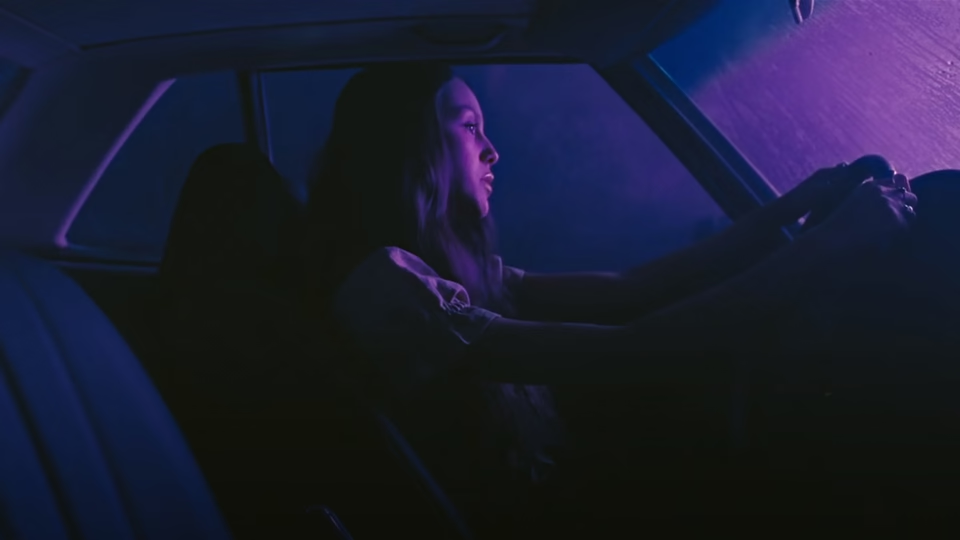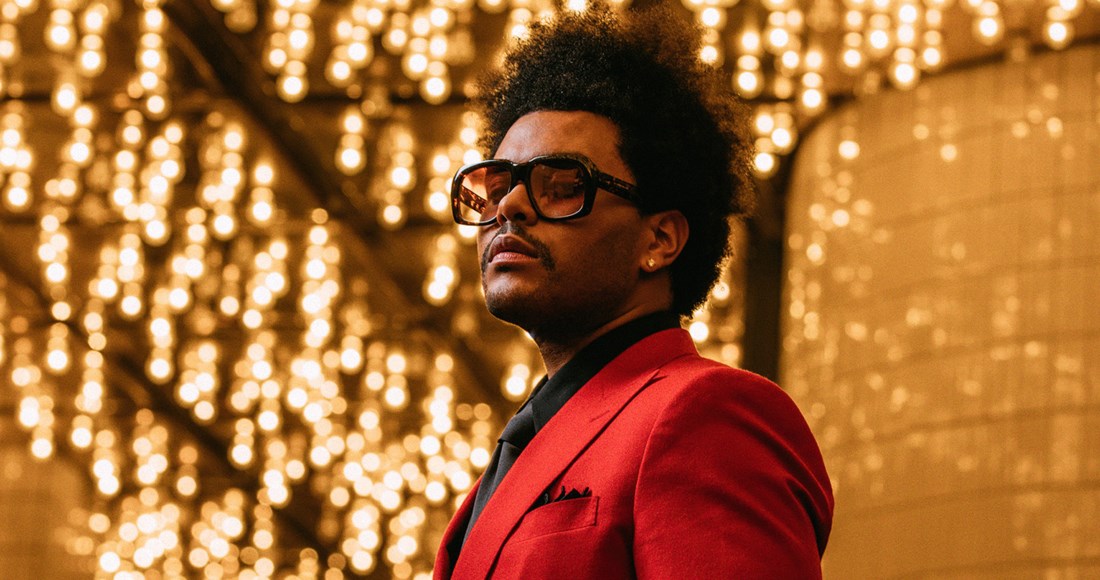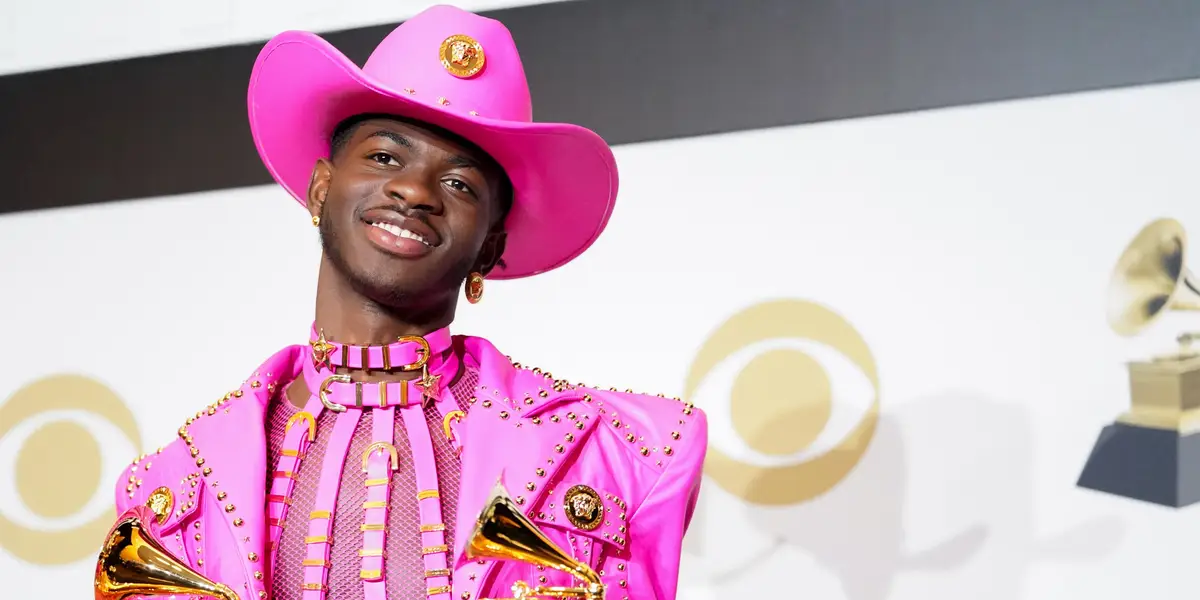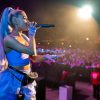Hitting #1 on the Billboard Hot 100 is the ultimate dream for many artists. But with millions of songs released each year, only a select few manage to dominate the charts. The Billboard Hot 100 ranks songs based on a combination of sales, streaming, radio airplay, and audience engagement. While some tracks soar organically, others require strategic planning and execution to reach the top.
So, what does it take to claim the coveted #1 spot? The answer is a mix of timing, marketing, and sheer musical appeal. From industry veterans to viral newcomers, artists and their teams meticulously craft hit songs that align with market trends, streaming behaviors, and audience expectations. Below, we break down the four crucial elements that can propel a song to the top of the Billboard Hot 100.
1. Strong Streaming and Sales Performance
Streaming platforms like Spotify, Apple Music, and YouTube play a pivotal role in determining a song’s chart position. With billions of users consuming music digitally, high streaming numbers are essential for Hot 100 success. Paid downloads also contribute, but their impact has diminished in favor of streaming dominance.
To maximize streaming potential, artists employ tactics such as playlist placements, TikTok challenges, and viral marketing. A catchy hook or a danceable beat can turn a song into a social media sensation, encouraging users to replay and share. Collaborations with influencers and strategic release timing—such as dropping a song on a Friday to optimize first-week numbers—further boost visibility.
Successful examples include Lil Nas X’s “Old Town Road,” which leveraged TikTok virality, and Olivia Rodrigo’s “Drivers License,” which captured listeners through emotional storytelling and streaming-friendly production.
2. Heavy Radio Airplay
While streaming dominates music consumption, traditional radio remains a key factor in reaching #1. Billboard’s Hot 100 methodology considers radio airplay, meaning widespread rotation on major stations can significantly influence a song’s ranking.
Record labels and artists work closely with radio programmers to secure strong placements on popular stations. Songs that fit contemporary formats—such as pop, hip-hop, or country—have a better chance of receiving frequent spins. Additionally, collaborations with established artists can make a song more radio-friendly and increase exposure.
For instance, The Weeknd’s “Blinding Lights” enjoyed massive radio success, staying at the top of the charts for weeks. The song’s retro appeal, combined with high replay value, made it a staple on both pop and adult contemporary stations, helping it achieve longevity on the Hot 100.

3. Social Media and Viral Marketing
The power of social media cannot be underestimated when it comes to producing a chart-topping hit. Platforms like TikTok, Instagram, and Twitter serve as breeding grounds for viral sensations. A well-timed meme, challenge, or dance trend can catapult a song into mainstream popularity.
Artists and labels often collaborate with influencers to create buzz around a track. Engaging directly with fans through challenges or behind-the-scenes content can further drive interaction and streams. Additionally, controversy or public intrigue surrounding a song can generate free publicity, amplifying its reach.
For example, Doja Cat’s “Say So” became a viral phenomenon thanks to a TikTok dance challenge, ultimately influencing its climb to #1. Similarly, BTS’s dedicated fanbase strategically organized streaming campaigns to ensure the group’s singles dominated the charts.

4. Strategic Release and Marketing Tactics
Timing is everything when it comes to hitting #1. Releasing a song during a slow music week increases the chances of reaching the top. Artists also use remixes, collaborations, and deluxe editions to extend a song’s lifespan on the charts.
Marketing strategies such as bundling songs with merchandise, hosting live events, and leveraging major award show performances can further push a track to #1. Additionally, securing features from established artists broadens a song’s audience and enhances its chart potential.
Take Justin Bieber’s “Peaches” as an example—it benefited from strong pre-release hype, multiple versions, and high-profile performances. Similarly, Mariah Carey’s “All I Want for Christmas Is You” reclaims the #1 spot every holiday season due to strategic timing and nostalgia-driven marketing.


